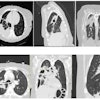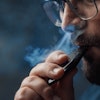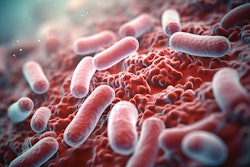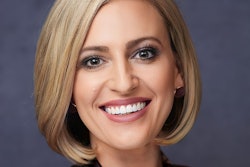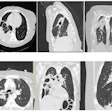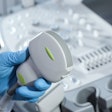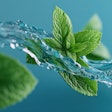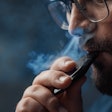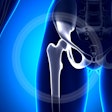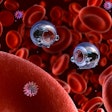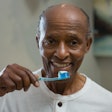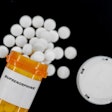Editor's note: Cellerant Consulting is proud to partner with DrBicuspid.com to bring you a new monthly column where we discuss what's hot, what's new, and what's coming down the line!
 Melissa K. Turner.
Melissa K. Turner.
The truth about oral biofilm is that it still remains very much a mystery to healthcare professionals. As dental hygienists, we live biofilm, we breath it, we scrape it, and when we stop and think about it, we probably very much dislike it.
For the last several years, I've had the privilege of presenting a course called "Biofilm: Dentistry's Most Evil Nemesis or Next Revolutionary Thing?" In the course, biofilm takes the center stage as the antagonist, the villain, the thing that keeps returning to our clinical chairs and causes harm no matter how much we try to rid ourselves -- and our patients -- of it.
Toward the end of the course, I propose the notion that biofilm as we know it -- the colonies of microbes living within our bodies that secrete gooey slime, cause inflammation, and promote countless oral and systemic diseases -- may indeed have beneficial uses to us.
Biofilm may not be only the villain; indeed, biofilm may also be the hero. After all, the best stories in history often blur the lines between villain and hero!
The reality is, while I am indeed the presenter of this course, this is also my excuse to sit down with hygienists across the country and discuss what we think about biofilm, how we talk to our patients about it, and learn about our favorite tools that blast it away.
As we now understand it, biofilm can have herolike qualities outside of the oral cavity. For instance, with bioremediation, certain microbes are introduced to environments to help rebalance the ecosystem.
One of the best examples of this is when microbes are introduced to the oceans to help clean oil spills. When this occurs, oil-loving microbes are introduced into the water to break down and degrade the oil, eventually becoming a natural part of the ecosystem. This is similar to how we utilize oral probiotics to help restore the oral microbiome.
However, the hard truth is this: According to all studies everywhere, in the last several decades oral diseases have spiked like never before, and we now describe them as rampant, of pandemic proportions, and on crisis level.
In 2022, the World Health Organization released the "Global Oral Health Status Report: Towards Universal Health Coverage for Oral Health by 2030." This report -- the first of its kind -- stated that the global oral health status is indeed alarming and called for immediate action with more oral health care providers, more access to oral care services, and more prevention.
Through all of this I can't help but be confused. We live in a world with evidenced-based research, innovative healthcare tools, and we are as preventive-minded as ever. With all of this, how can oral disease still be on the rise?
Does it mean what we've been doing for the last century in dentistry hasn’t been working? Does it mean restoring, preserving, and implanting teeth gives us a false sense of health? Does it mean the countless hours we spend bending over backward and removing millimeters of biofilm and calculus is all for nothing?
My guess is as good as yours, but in times like this, I often find asking more questions (rather than searching for answers) can help advance the conversation. So, my question to you today is this: What if it's time to rethink everything we know about biofilm? What if it's time to venture outside the evidence-based box? What if it's time to reimagine biofilm as maybe, just maybe, the hero?
What we know is regularly removing biofilm at home and in the dental practice is the current standard and the best chance of regaining health -- through scaling, air polishing, desiccation, brushing, flossing and rinsing. What we also know is the communities of microbes within our bodies may indeed never go away, but perhaps we can help the good microbes outweigh the bad through healthy diets, probiotics, diving into genetics, and individual predispositions.
The truth about oral biofilm is that we are still in the early chapters of its story and perhaps the best is yet to come.
Stay tuned for part two, where we discuss the latest innovative biofilm blasting innovative tools and theories.
Melissa K. Turner is the senior executive consultant and chief hygiene officer at Cellerant Consulting Group. She leads the Cellerant Best of Class Hygiene Awards. She is a founding board member of the American Mobile & Teledentistry Alliance and co-founder of the Denobi Awards and the National Mobile & Teledentistry Conference. Turner’s newest launches include Smile Proud, an advocacy organization built to support current and future LGBTQIA dental professionals, as well as I, Woman, a podcast for women founders, executives, and entrepreneurs. Turner can be reached at www.MelissaKTurner.com.
The comments and observations expressed herein do not necessarily reflect the opinions of DrBicuspid.com, nor should they be construed as an endorsement or admonishment of any particular idea, vendor, or organization.
